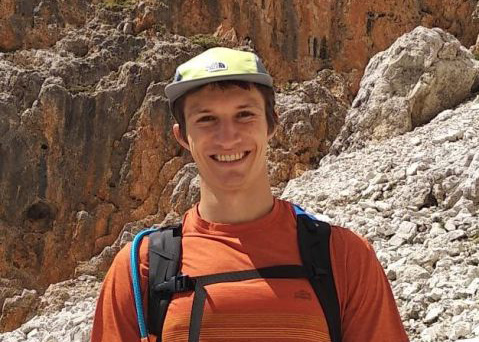
“Dualities of paired quantum Hall bilayer states at total filling one”
Density-balanced, widely separated quantum Hall bilayers at total filling one can be described as two copies of composite Fermi liquids (CFLs). The two CFLs have interlayer weak-coupling BCS instabilities mediated by gauge fluctuations, the resulting pairing symmetry of which depends on the CFL hypothesis used. If both layers are described by the conventional Halperin-Lee-Read (HLR) theory-based composite electron liquid (CEL), the dominant pairing instability is in the p+ip channel; whereas if one layer is described by CEL and the other by a composite hole liquid (CHL, in the sense of anti-HLR), the dominant pairing instability occurs in the s-wave channel.
Using the Dirac composite fermion (CF) picture, we show that these two pairing channels can be mapped onto each other by particle-hole (PH) transformation. Furthermore, we derive the CHL theory as the non-relativistic limit of the PH-transformed massive Dirac CF theory. Finally, we prove that an effective topological field theory for the paired CEL-CHL in the weak-coupling limit is equivalent to the exciton condensate phase in the strong-coupling limit.
Host: Meng Cheng